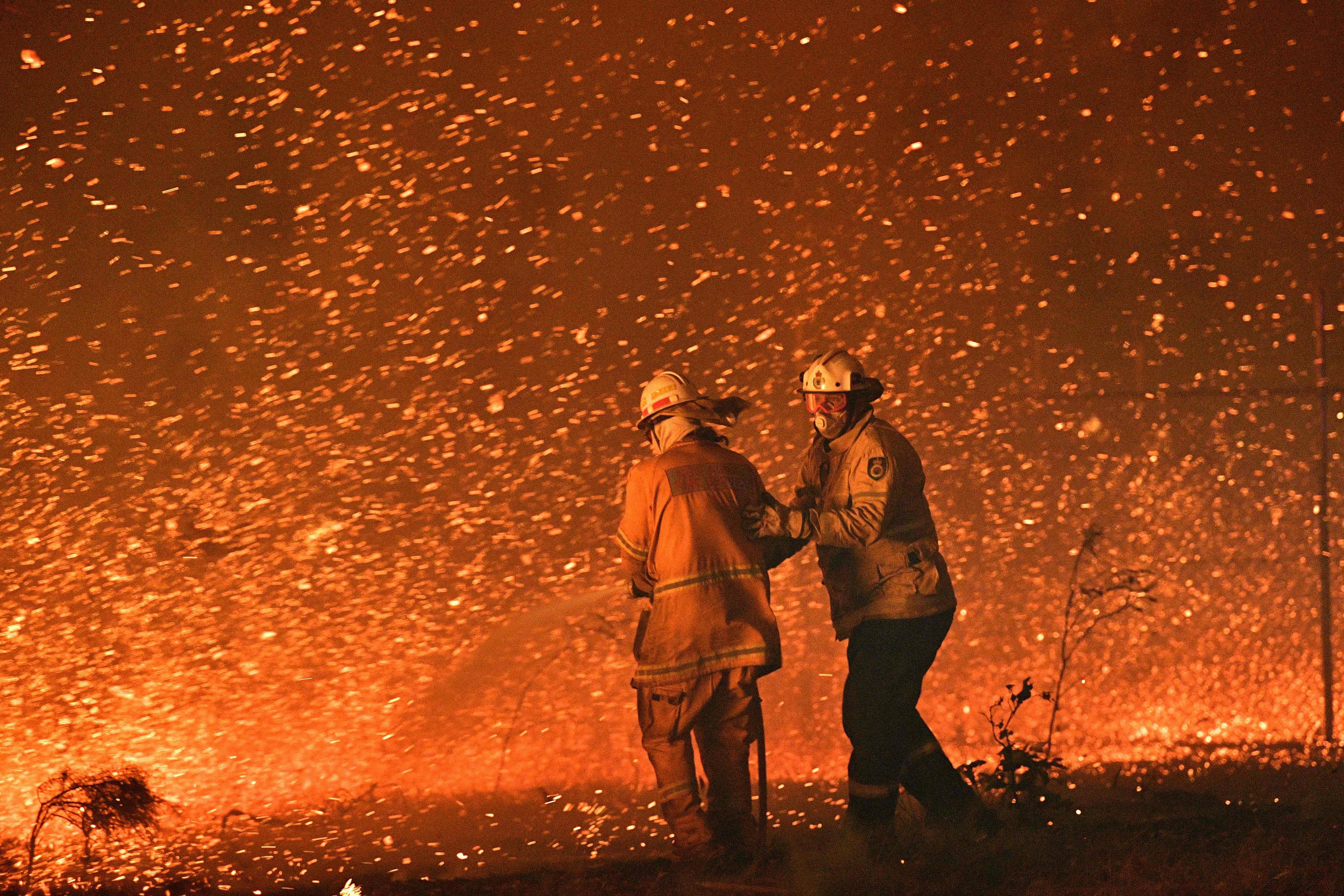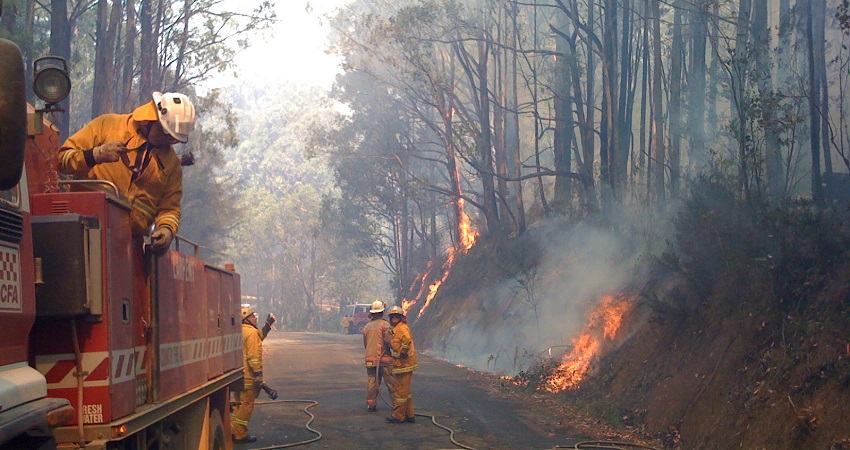Proactive Building Protection: Leveraging the Insights of a BAL Report
Proactive Building Protection: Leveraging the Insights of a BAL Report
Blog Article
Importance of BAL Record in Ensuring Shrub Fire Protection
In the world of bushfire security, the importance of a Bushfire Assault Degree (BAL) report can not be overstated. This essential file functions as a fundamental tool in examining the prospective risk a home may encounter throughout a bushfire and plays a pivotal role in establishing the needed protective actions to guard lives and buildings (BAL Report). However, the real value of a BAL record prolongs past a mere analysis; it works as a guiding light for homeowner and authorities alike, using insights right into improving property durability and ensuring reliable fire security.
Comprehending Bushfire Strike Levels
The understanding of Bushfire Attack Levels is vital for assessing the prospective threat and influence of bushfires on a property. Bushfire Attack Degrees (BAL) are a method of measuring the intensity of a structure's prospective exposure to ember assault, convected heat, and straight fire call in a bushfire. Recognizing the various BAL groups is important for homeowner, architects, and home builders in creating and building buildings that are a lot more durable to bushfires.
By recognizing these degrees, property proprietors can make informed choices regarding bushfire protection actions, such as setting up coal guards, using fire-resistant structure materials, and maintaining clear defensible room around the residential property (BAL Report). In general, a comprehensive understanding of Bushfire Attack Degrees is essential for efficient bushfire preparation and security.
Examining Home Danger Degrees
After understanding the ramifications of Bushfire Strike Levels, the following essential step is examining the threat levels related to specific residential properties. Assessing residential property risk levels includes a detailed analysis of various aspects that can affect the vulnerability of a residential or commercial property to bushfires. These aspects consist of the closeness of the residential or commercial property to bushland or plants, the kind and problem of bordering vegetation, the slope and aspect of the land, prevailing climate conditions, and the presence of flammable products near the home.
Residential property danger analyses are necessary in determining the level of bushfire defense actions that require to be applied to safeguard the residential property and its passengers. By accurately evaluating the risk levels, homeowner can make informed choices pertaining to bushfire avoidance methods, such as vegetation management, constructing style modifications, and the setup of fireproof materials. In addition, building danger assessments play a vital duty in the growth of emergency response plans and evacuation procedures in case of a bushfire.
Executing Safety Procedures
Upon completing residential or commercial property threat assessments, the following essential stage involves the execution of protective procedures to improve bushfire protection. Applying protective steps is vital for protecting residential or commercial properties and making certain the security of individuals during bushfire occasions. These procedures can include setting up ember guards on doors and windows, utilizing fireproof building products for construction, developing and maintaining a clear defensible area around the home, and having a obtainable and appropriate water resource for firefighting objectives. Additionally, it is critical to develop and practice a thorough bushfire emergency plan with all citizens to make certain swift and coordinated actions in situation of a bushfire threat.
Regular upkeep of protective steps is equally essential to ensure their efficiency during a bushfire. This includes consistently inspecting and repairing cinder guards, performing plants management to minimize gas tons, and testing firefighting equipment such as pumps and hose pipes. By my sources vigilantly executing and maintaining these protective measures, residential property owners can dramatically raise their durability to bushfires and reduce potential damages and loss.

Enhancing Building Strength
Enhancing residential property strength against bushfires hinges on the aggressive application and maintenance of protective actions intended at fortifying defenses and reducing possible dangers. Residential or commercial property owners can boost durability by creating and preserving defensible spaces around their residential or commercial properties.
Property proprietors ought to exercise a bushfire and develop emergency strategy, conduct routine fire drills, and make certain all homeowners know how to respond in situation of a bushfire. By taking aggressive measures, residential or commercial property owners can substantially increase the resilience of their residential or commercial properties against the threat of bushfires.

Ensuring Effective Fire Defense
Implementing robust fire defense steps is vital for guarding residential properties versus the devastating impact of bushfires. In addition, setting up fire-resistant materials on the home, such as fireproof roof covering and ember-proof displays on like it home windows, can dramatically decrease the danger of fire damages.
Moreover, having an emergency situation response plan in location is important for making sure efficient fire defense. This strategy ought to describe evacuation procedures, communication methods, and marked conference factors for locals. Regular training and drills need to additionally be performed to make sure that all citizens are prepared to respond promptly and securely in case of a bushfire.
Conclusion
In conclusion, the BAL record plays an essential function in making certain effective bushfire defense by evaluating building risk levels, implementing protective procedures, and boosting residential or commercial property strength. Understanding Bushfire Attack Levels is crucial in figuring out the degree you could try here of threat a property deals with throughout a bushfire.
By understanding these levels, home proprietors can make educated decisions about bushfire defense steps, such as installing ember guards, utilizing fireproof structure products, and keeping clear defensible room around the residential or commercial property. Evaluating residential or commercial property risk levels involves a comprehensive evaluation of numerous elements that can influence the sensitivity of a home to bushfires.Property danger assessments are important in determining the level of bushfire defense procedures that need to be implemented to safeguard the property and its owners. By taking aggressive procedures, residential property proprietors can substantially increase the strength of their properties versus the danger of bushfires.
In conclusion, the BAL record plays a critical function in ensuring reliable bushfire security by assessing building risk degrees, carrying out protective actions, and enhancing building durability. (BAL Report)
Report this page